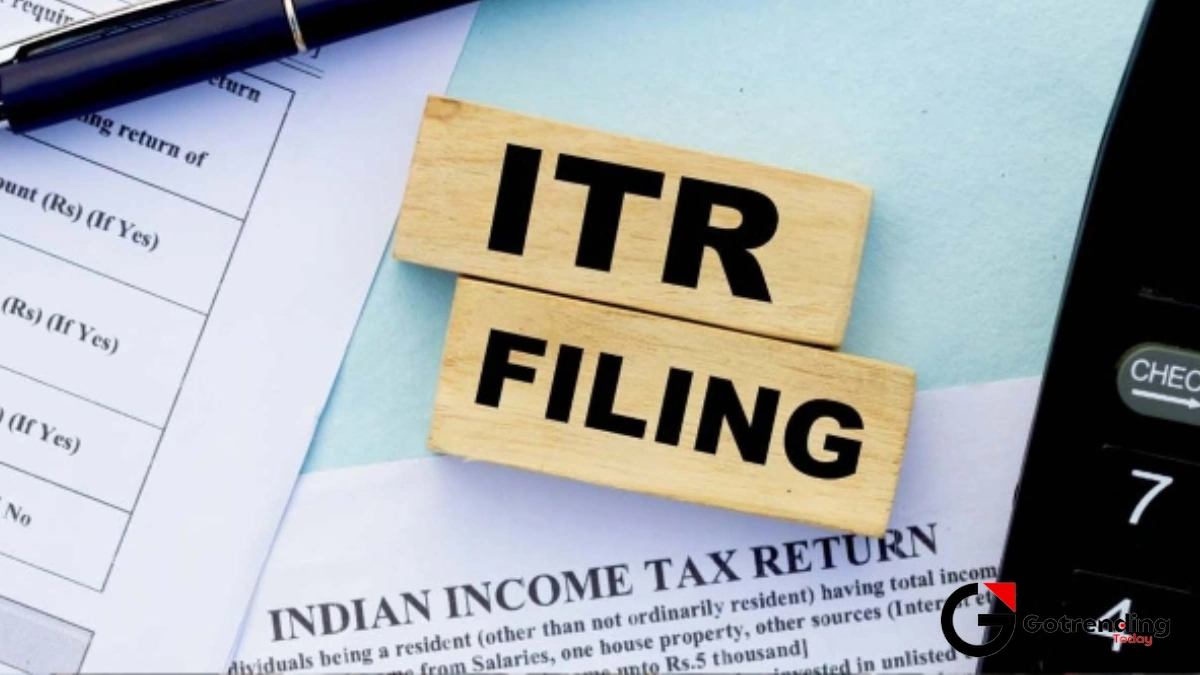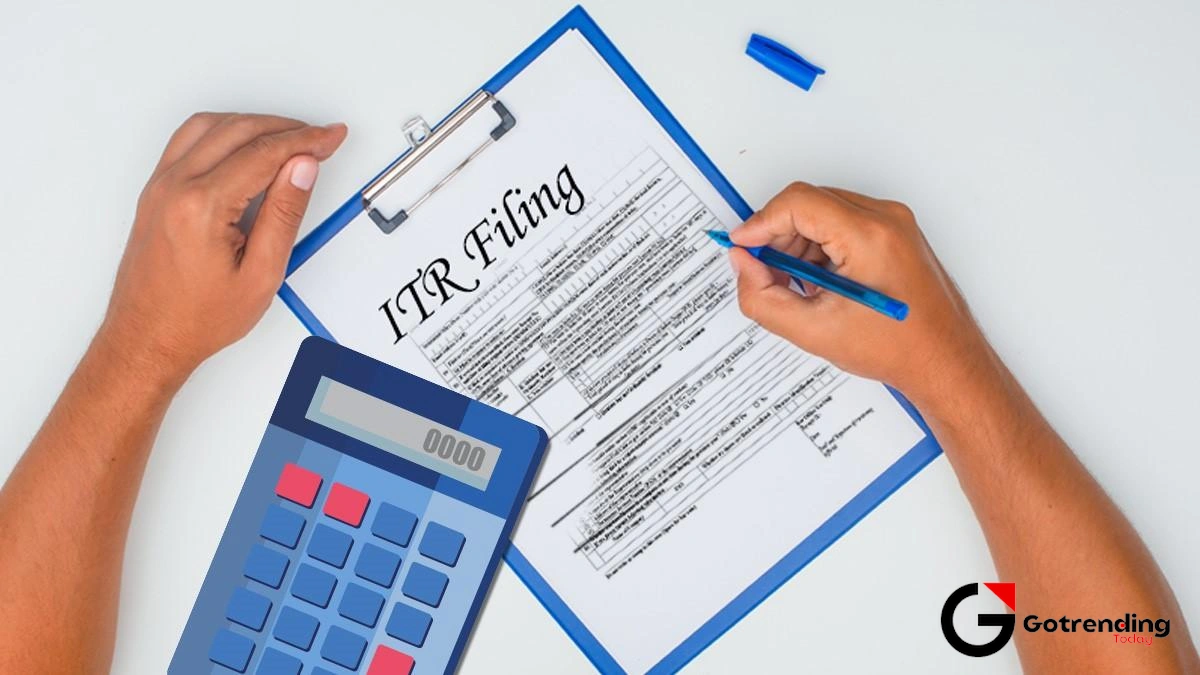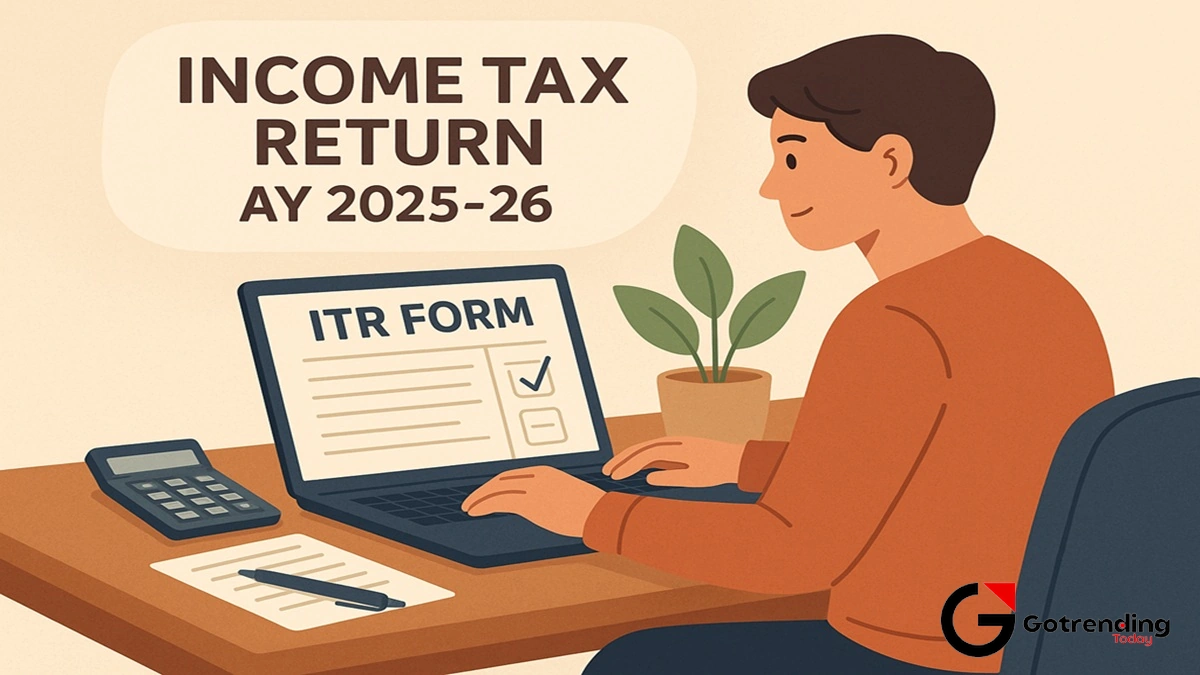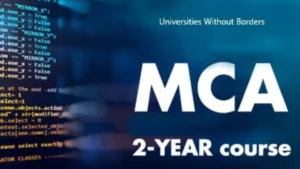That Annual Dread | Let’s Actually Talk About ITR Filing
You know the feeling. It usually starts with an email. Or an SMS from your bank that lands with a quiet thud in your notifications. “Your Form 16 for AY 2024-25 is now available.” And just like that, a tiny cloud of dread forms over your otherwise perfectly fine day. It’s a uniquely Indian, middle-class anxiety. The season of itr filing is upon us.
For years, I treated it like a monster under the bed. If I ignored it long enough, maybe it would just… go away? I’d procrastinate, push it to the last week, and then scramble in a caffeine-fueled panic, clicking through the government portal like my life depended on it. It’s a rite of passage, I suppose. A frustrating one. But here’s the thing I’ve slowly, grudgingly, come to realize: it doesn’t have to be a nightmare. In fact and stick with me here it can almost feel empowering.
Almost.
Beyond the Bother | The Surprising Perks of a Clean Income Tax Return

Let’s be honest, the primary motivation for most of us is to avoid a notice from the taxman. Fair. Totally valid. But thinking about your income tax return only as a chore is like thinking of a passport as just a booklet you have to pay for. You’re missing the entire point.
Your ITR is your financial report card for the year. It’s the single most powerful document that proves your credibility and financial standing. Thinking of applying for a home loan? A car loan? A personal loan? The first thing any bank will ask for is your last two or three years of ITRs. They want to see a consistent, documented income stream. No ITR, no loan. It’s that brutally simple.
Planning to travel abroad? Many embassies, particularly for countries like the US, UK, and in the Schengen area, require ITRs as part of the visa application. It’s proof that you have strong financial ties to your home country and aren’t likely to just disappear. Even getting a high-limit credit card can be easier with a solid filing history.
And the most immediate benefit? A tax refund! If your employer has deducted more TDS (Tax Deducted at Source) than your actual liability, filing your ITR is the only way to get that money back. It’s your money. Go get it.
Decoding the Alphabet Soup | Which ITR Form is Your Destiny?

Okay, this is where most people’s eyes glaze over. ITR-1, ITR-2, ITR-3, ITR-4… it sounds like a series of increasingly difficult Star Wars sequels. But it’s not as scary as it looks. Think of them as character classes in a video game.
The vast majority of salaried individuals will fall into one of two camps.
ITR-1 (Sahaj): This is the ‘Beginner Mode’. It’s for the straightforward salaried employee. Your total income is under ₹50 lakh. You have income from your salary, one house property, and some ‘other sources’ like savings account interest. That’s it. Simple, clean, and easy. The name “Sahaj” literally means easy. The government tried, you have to give them that.
ITR-2: This is the ‘Advanced Player’ character. Did you sell some stocks or mutual funds this year? That’s capital gains, my friend. Maybe you’re interested in how markets move after seeing things like the latest news on Tesla India . If you made a profit, you’re in ITR-2 territory. Do you have income from more than one house property? Or any foreign assets or income? You’ve graduated to ITR-2. It’s more detailed, but it’s just a matter of filling in more boxes.
Then there are the others, like ITR-3 and ITR-4 (Sugam), which are for professionals and business owners. If you’re a freelancer or run a small business under the presumptive taxation scheme, you’ll likely look at ITR-4. But for most of us on a payroll, it’s a battle between 1 and 2. Figuring out which ITR form to use is half the battle won.
A No-Nonsense Guide to Actually Getting Your ITR Filing Done
Deep breath. You can do this. Forget the panic and think of it as a simple, four-step quest. It may not be as thrilling as quests in the GTA V Ultimate Guide , but the real-world rewards are better.
Step 1: The Gathering. This is crucial. Get all your documents in one folder. Your main weapon is your Form 16 , provided by your employer. Get your bank statements to check for interest income. Dig up any proofs for deductions you want to claim under Section 80C (like life insurance receipts, ELSS statements, etc.). Finally, log into the tax portal and download your AIS (Annual Information Statement) and TIS (Taxpayer Information Summary). These are reports the government has compiled about your financial transactions. The goal is to make sure your claims match what the government already knows about you.
Step 2: The Arena. Head over to the official Income Tax e-filing portal. I can’t stress this enough only use the official government site. You can find it right here: Income Tax Department e-Filing Portal . Log in with your PAN.
Step 3: The Battle (of the Forms). The portal’s gotten much better over the years. When you start the process of how to file ITR online , a lot of the data from your Form 16 and AIS is pre-filled. This is a blessing and a curse. It’s a blessing because it saves time. It’s a curse because it can make you complacent. Always cross-check every single pre-filled number with your own documents. Check your personal details, your income, your TDS. Once you’ve confirmed everything, calculated your tax (or confirmed the refund), and submitted… you are NOT done.
Step 4: The Final, Crucial Step – Verification! I’m putting this in bold because it’s so important. An ITR that isn’t verified is an ITR that was never filed. Period. The easiest way by far is ITR verification through an Aadhaar OTP. It takes literally 30 seconds. You can also do it via your bank account or send a physical copy to Bengaluru, but why make life hard? E-verify it, get that confirmation email, and then, and only then, can you breathe.
FAQ | The Questions You’re Secretly Googling at 2 AM
Do I really need to file an ITR if my income is below the taxable limit?
This is a big one. Even if you owe zero tax, you should still file a ‘Nil Return’. Why? For all the reasons we talked about loans, visas, etc. It creates a financial record. Also, if you want to claim a tax refund because TDS was cut, you have to file. There’s no other way.
What on earth is the difference between the Old and New Tax Regime?
Think of it as two different discount schemes. The Old Regime lets you claim a whole bunch of deductions (80C, HRA, etc.) but has higher tax slab rates. The New Tax Regime offers lower, more attractive slab rates but you have to give up most of those deductions. The government has made the new one the “default” option now, so you have to consciously opt-in for the old one. For most young people without major investments or home loans, the new regime often works out better. The best way is to calculate your tax under both and see which one saves you more money. The portal usually has a calculator to help.
What happens if I miss the itr filing last date?
Don’t panic, but don’t ignore it either. The itr filing last date is typically July 31st for individuals. If you miss it, you can still file a ‘Belated Return’ until December 31st. However, you’ll have to pay a penalty (usually ₹1,000 to ₹5,000 depending on your income) and you won’t be able to carry forward certain losses. So, try to hit that first deadline.
Why is ITR verification so important?
Because without it, the Income Tax Department considers your filing process incomplete. It’s like sending an email but leaving it in your drafts folder. They won’t process it. No processing means no refund and it means you technically haven’t fulfilled your legal obligation. It’s the final handshake that seals the deal.
And that’s it. You’ve done it. You’ve faced the beast, wrestled with the forms, and emerged victorious. The feeling of that final confirmation screen, the quiet knowledge that you’ve handled your business for another year that’s a unique kind of adulting win. It’s not just about paying taxes; it’s about taking ownership of your financial life. And that’s a pretty good feeling, after all.













